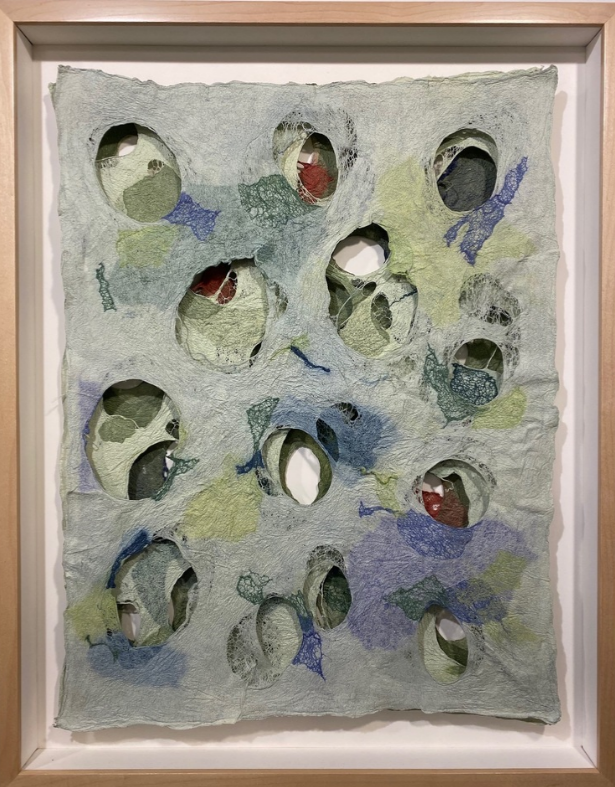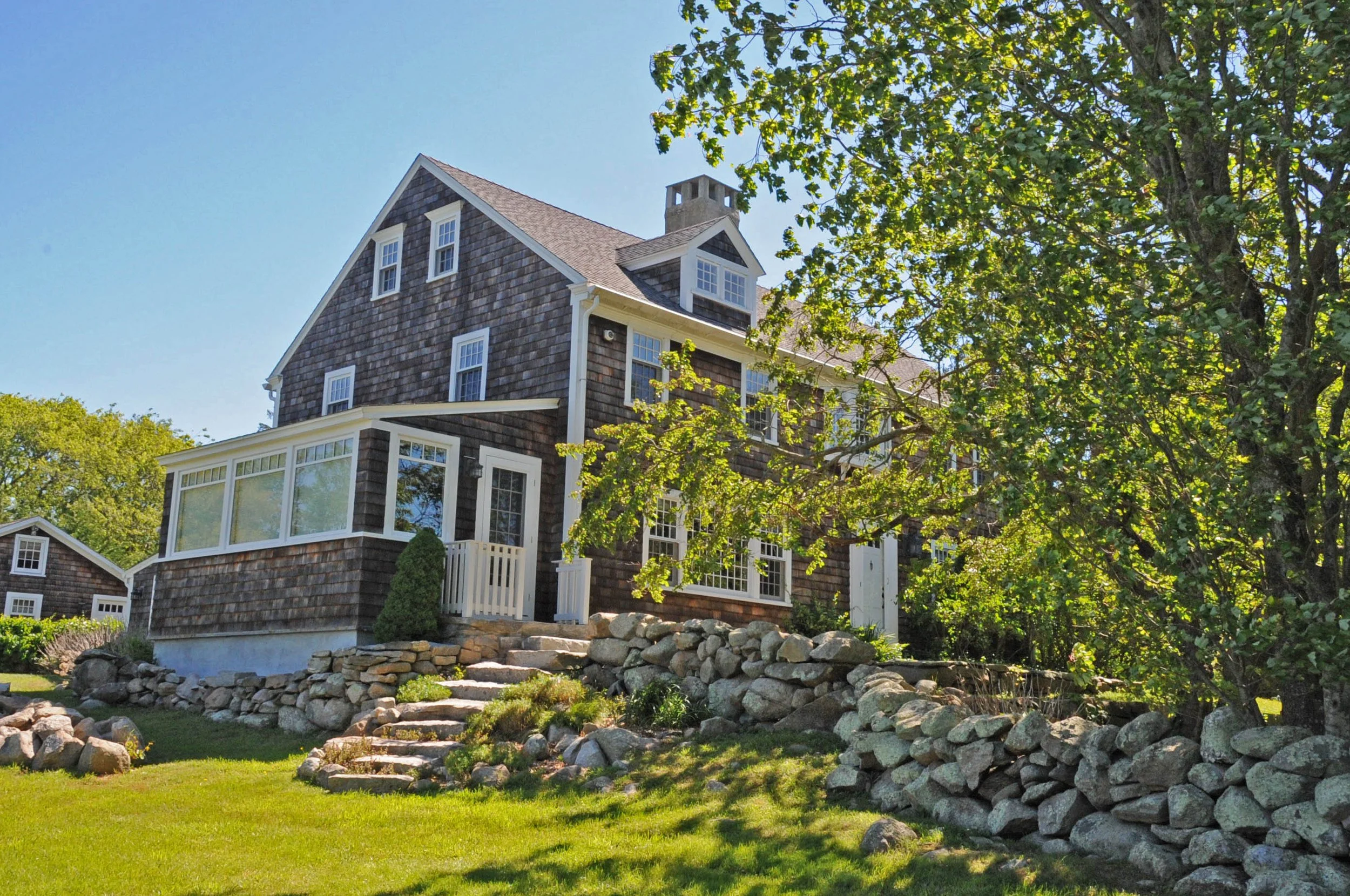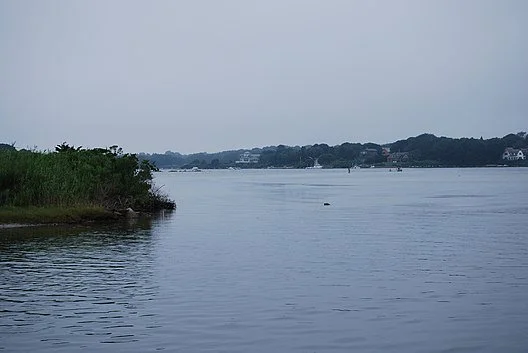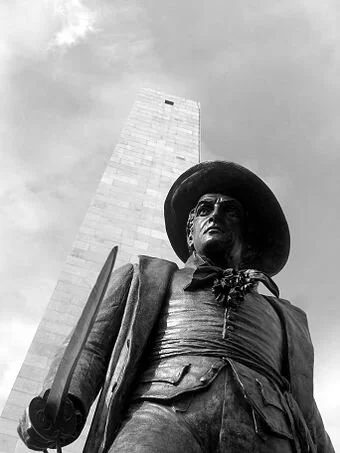By DAVID SMITH/ecoRI News contributor
WESTERLY, R.I. — It takes a hearty soul to drill holes in ice, reach into a bucket of cold water numerous times to grab minnows to bait the hooks, set up five tippets and wait for the fish to bite.
Invariably, the wind chill is somewhere below the setting of your freezer and, unless you have a shelter, there is nowhere to hide.
But none of that deters Andy Murphy, 46, of Charlestown and his 19-year-old son, James. They have spent as many as 12 hours out on the ice waiting for a northern pike or largemouth bass worthy of bragging rights to swim by and grab their hooks. On this recent day, they started at 9:30 a.m. and figured to fish until about 3 p.m.
Sometimes the fish cooperate, and sometimes it’s just a day on the ice. On this day on Chapman’s Pond, the temperature was hovering around 37 degrees. And if not for the wind, the sun was shining enough to offer a bit of warmth. They were the only ones fishing.
The men spent the morning watching a bald eagle on the other side of the pond harass ducks and geese that bobbed in an open patch of water. They also saw a Canadian snow goose fly in with a flock of geese. The bird was all white with black-tip wings.
“He stuck out like a sore thumb,” James said. They did a quick search on their smart phone to verify the identification.
James said the secret to staying warm is layering of clothes. His father has a battery-operated heated sweatshirt and a Zippo hand-warmer tucked into his pocket.

They release all the fish they catch.
Each of the men had five tippets, which is the limit allowed by state fishing rules. They release all the fish they catch. Nestled in the bucket on their sled next to an ice skimmer and a pair of pliers to pull hooks from the razor sharp teeth of pike is a scale to weigh the fish, and, of course, their cell-phone cameras. Sitting on the ice is a cooler with their lunch, which, in this case, was helping to keep it from freezing.
The men kept their eyes on the tippets. When a fish grabs the bait, the line runs out and a cog hits a wheel, which triggers the flag attached to a wire to flip up. There were no small, red flags waving in the breeze this morning.
“Patience,” Andy said. “We love to catch fish and beat our personal records. One good fish could turn your week around.”
Andy, who has been ice fishing for about 35 years, said his son has been ice fishing with him a long time. “Since I was old enough to walk,” James said.
This pond just off Route 91, however, is going through some hard times, with an abundance of weed growth and fewer pike.
“It’s been really dead,” Andy said.
“It’s been dead since 2010,” his son added. “The pond needs restocking. There had been some good ones.”
Andy said that before the flooding of March 2010 fish were prevalent in the pond; since, not so much.
“I bet they all went into the river,” he said.
There's a stream that flows out the northern end of Chapman’s Pond and into the Pawcatuck River. During that flood nearly five years ago, it was as if the pond and river were as one.
Andy said he would like to see Chapman’s become a catch-and-release only pond, and he would like it to be restocked so that other kids and fishermen can enjoy the resource.
“We pay for everything,” he said. “The state doesn’t do anything with the launch areas. We even pay for saltwater fishing licenses. They can’t stock the ocean. Why are we paying?”
The two never run out of shiners at Chapman’s Pond. They usually buy a dozen from Hope Valley Bait & Tackle for such an outing. If they’re fishing at Watchaug Pond, in Charlestown, they might buy five or six dozen because of the many species of fish, such as perch, crappie, pickeral and bass, that populate the pond.
“We wouldn’t bring a kid here (to Chapman’s),” Andy joked. “It would devastate him for the rest of his life.”
But still, there’s the tug of catching a trophy fish. That means father and son will be out on the ice whenever a pond is frozen. The other places they fish are Worden’s Pond, in South Kingstown, and 100 Acre Pond, in Kingston.
If it gets too cold, Andy said they have a two-man hunting shack they can use, which allows them to fire up a space heater. One time in New Hampshire it was minus 20 degrees.
“The stove was insulated and needed a blower to get the full potential of heat from it,” Andy said. “We didn’t have electricity for the blower.”
One of their most cherished pieces of equipment is a gas-powered auger that drills 10-inch holes in the ice. The hand-operated augers drill 6-inch holes. The bigger hole helps with pulling pike up through it, but when a monster pike hits the bait all bets are off whether it can even be maneuvered through a 10-inch hole.
“You’ve got to put in your time,” Andy said. “One day it will be phenomenal.”











